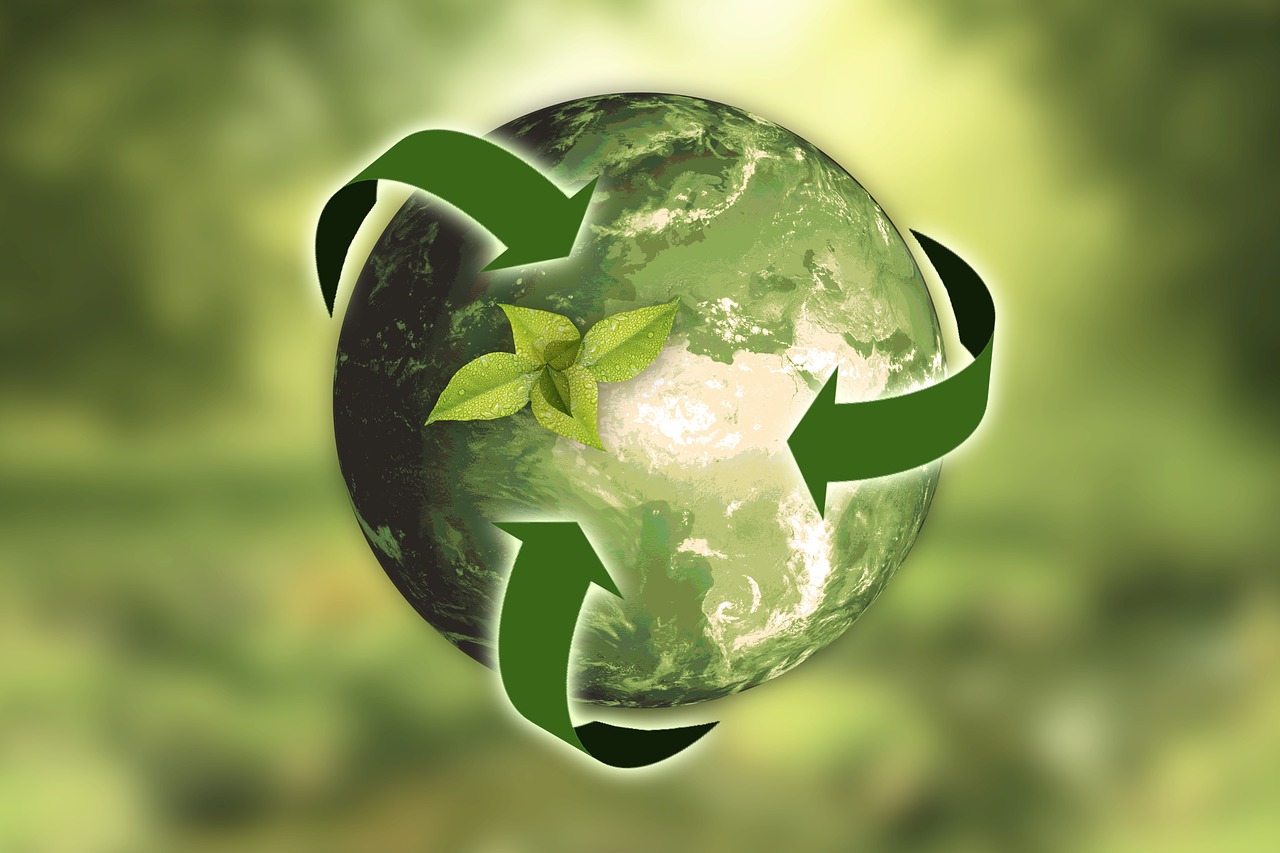
Cooling industrial halls during periods of high temperatures.
The Paris Agreement of 2015 commits governments to act on greenhouse gas emissions to keep the temperature increase below 2 degrees by 2050 and to make every effort to limit it to 1.5 degrees. These problems are exacerbated in industrial and work environments such as factories, warehouses, and manufacturing plants.
As suggested by the World Health Organization, the difference between indoor and outdoor temperatures should not exceed 7°C. Failing to improve the workplace microclimate can result in heat stress, decreased productivity and attention, and increased risk of accidents. Traditional air conditioning technologies are not able to meet these needs, firstly because they are difficult to size and dimension for very large environments, secondly because of their high energy consumption, and finally because of limited or no ventilation.
The only system available to cool medium and large industrial and production environments such as factories, warehouses, logistics centers, or farms is Evaporative Cooling. In addition to having much lower installation and management costs compared to traditional air conditioning methods, Evaporative Cooling also allowsfor significant energy savings. It also allows for operation with open doors and windows, ensuring adequate ventilation and multiple air changes.
Aligning with the new regulations of the European Community.
As envisaged by the climate change agreement, the EU has presented its strategy for reducing emissions, committing to becoming the first climate-neutral economy and society by 2050. This means that industrial and production environments will also need to reduce their CO2 emissions and consequently their energy consumption.
With Adiabatic Cooling, Art-Eco wants to actively contribute to the energy transition process, proposing systems that use much less energy. Adiabatic technology uses the natural principle of water evaporation, the most powerful refrigerant in the world. This requires very low power consumption because the cooling capacity occurs through the natural process of this phase change.
Circular Economy
At Art-Eco, we support an economic system that benefits circular economic cycles, which involves minimizing the use of raw materials and reducing waste and disposal when goods reach the end of their life. A circular economy involves a decrease in production industry and an increase in maintenance and recycling industry.

